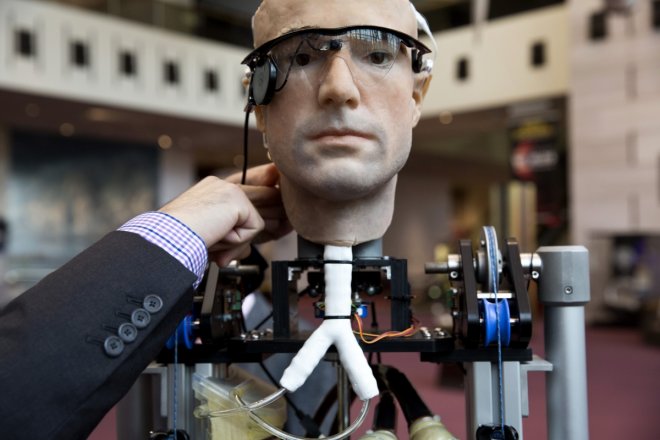
Researchers have developed a rubber film that generates electricity when stressed and could potentially be used as a sensor, integrated into clothing or even implanted in the human body, for instance, to power a pacemaker.
The new material developed by researchers from Swiss Federal Laboratories for Materials Science and Technology (Empa) is a thin, organic, flexible film that generates electricity if stretched and compressed.
"This material could probably even be used to obtain energy from the human body," said Empa researcher Dorina Opris.
"You could implant it near the heart to generate electricity from the heartbeat, for instance," Opris said in a statement released by Empa.
This could power pacemakers or other implanted devices, eliminating the need for invasive operations to change the battery.
Thanks to the piezoelectric effect, the specially designed rubber is able to convert mechanical movements into electrical charges.
The trick behind the generated current is the internal polarisation which changes when the rubber film is mechanically stressed.
For a long time, the piezoelectric effect was only known for crystals. As these are heavy and solid, the effect could only be used in certain applications.
However, the Empa researchers succeeded in giving the new material piezoelectric properties.
There is a wealth of potential applications for the novel rubber film. It could be used to construct pressure sensors, for example. If the material is compressed, an electrical impulse is produced that can be received and "understood" by devices.
This can be used to develop a novel type of control buttons, but also a sensitive skin for robots that can feel (pressure) touches.
Moreover, the film might be useful in clothing to either monitor the wearer's activities or generate electricity from their movements, according to the researchers.








